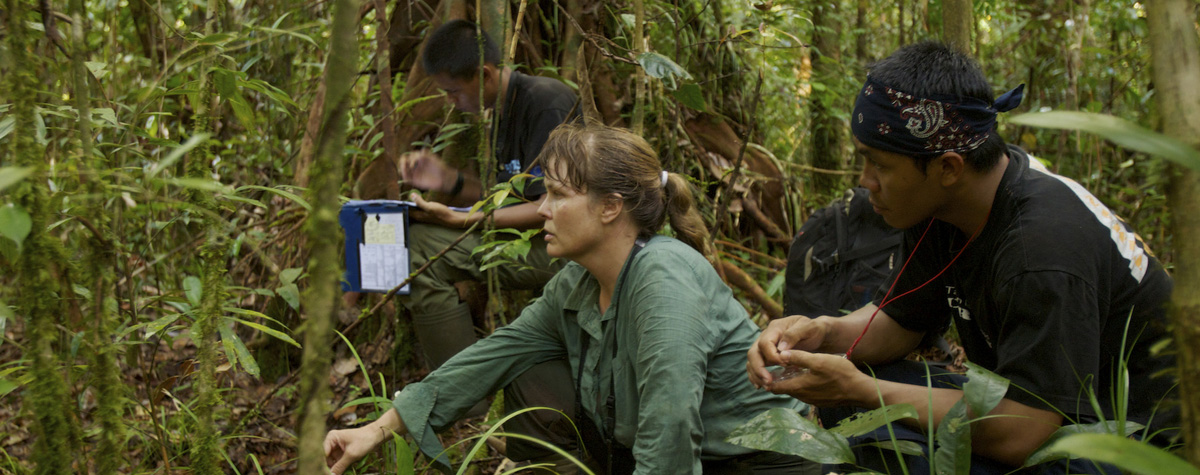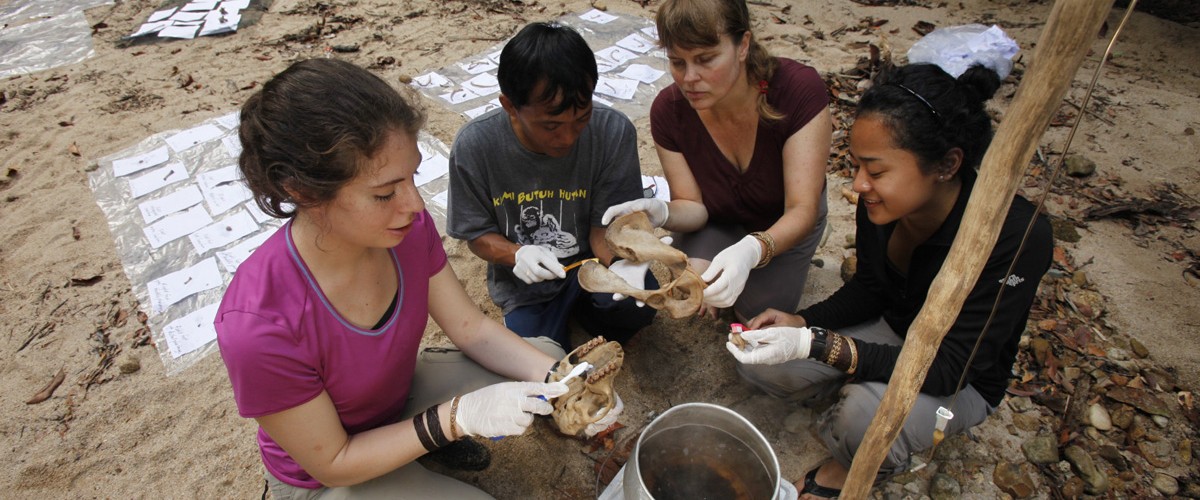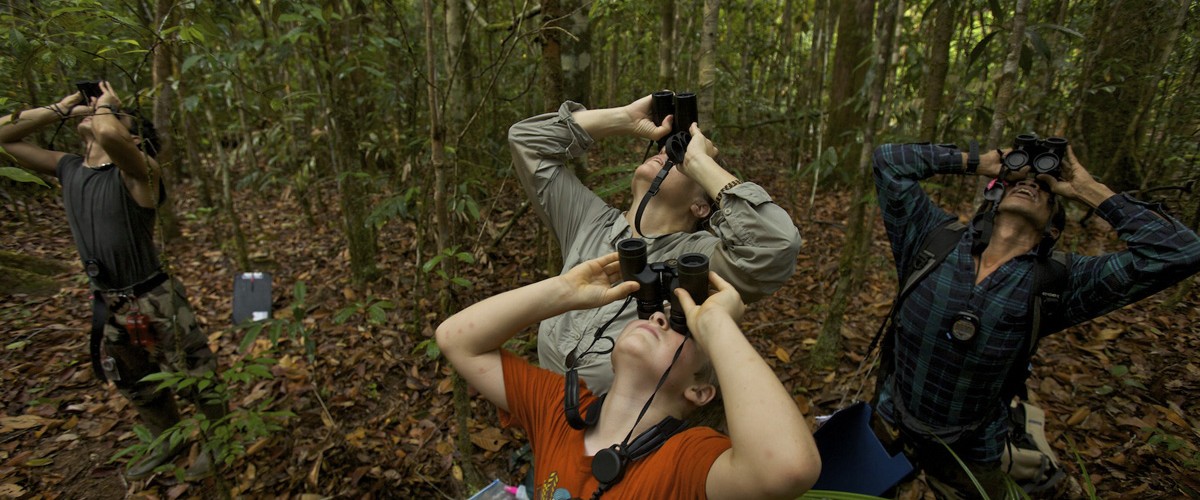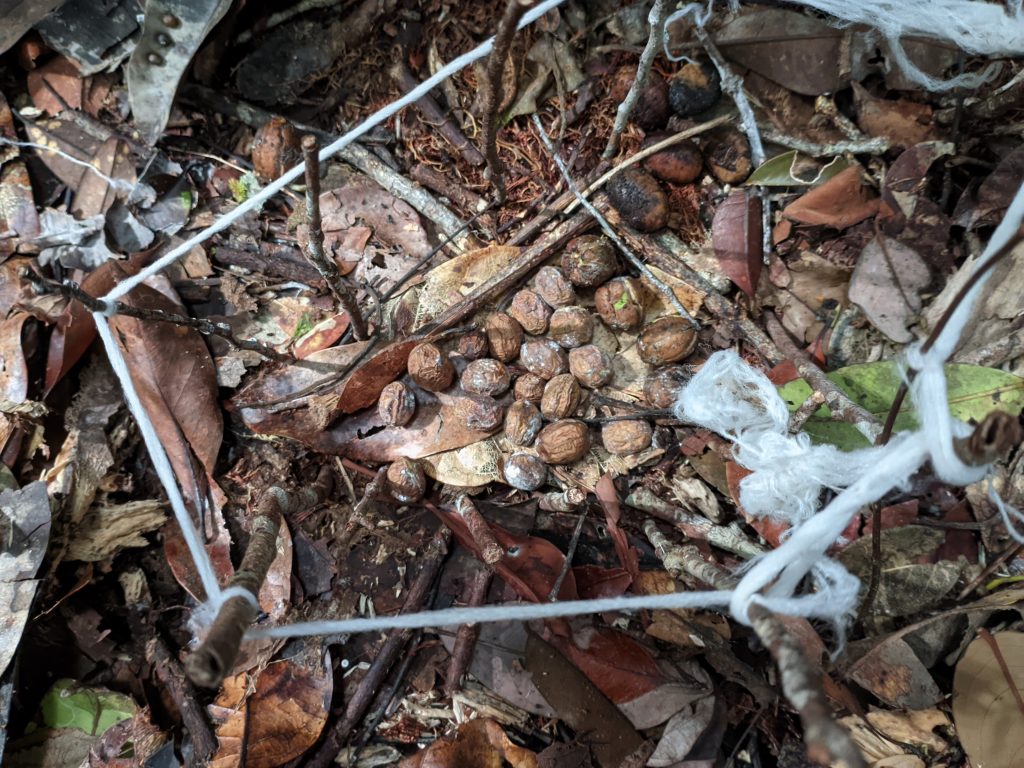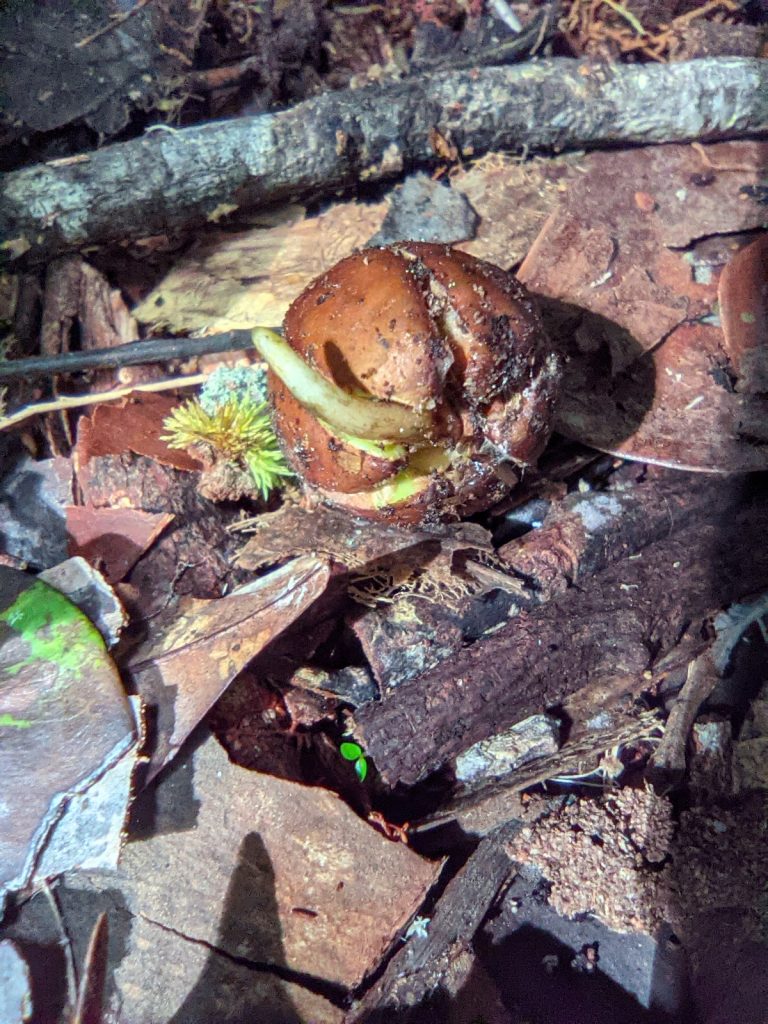By Mega Oktavia Gunawan, WBOCS Student Researcher
Growth surrounds us – dynamic and often unexpected. People also grow, and this has happened to me, Mega. I come from the town of Ketapang in West Kalimantan, Indonesia and am currently studying Forestry at Tanjungpura University. In 2018, I was awarded a West Bornean Orangutan Caring Scholarship (WBOCS) from GPOCP/YP. Due to my interest in orangutans, I was excited to gain more access to conservation networks. What I didn’t know then was that this would change my whole life. I used to spend my time in a small, square room doing digital work on a computer. I always saw reports on social media about climate change and about the decline of orangutan populations. I asked myself “What role do orangutans play in helping the forest grow and ultimately fighting climate change?”.
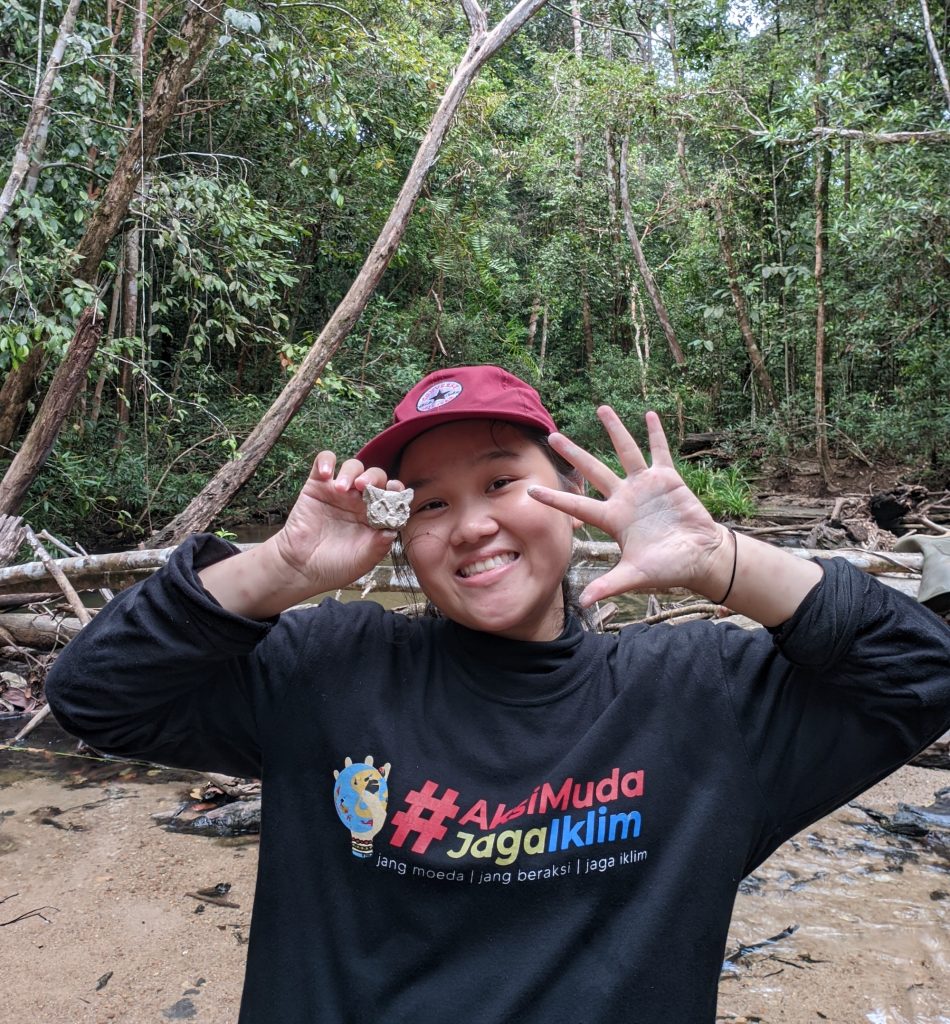
Conservation campaigns frequently referred to orangutans as “forest gardeners” because of their ability to disperse seeds, meanwhile large plantations view orangutans as pests. It is not rare to hear about human-orangutan conflicts. These different claims strengthened my curiosity, and eventually I decided my final thesis topic would be about seed germination. Before I proposed this thesis to my professors, GPOCP/YP was offering internship opportunities at Cabang Panti Research Station (CPRS). I thought it would be a great opportunity for pursuing my career development as a conservationist with an interest in visual science communication. Fortunately, in 2021, I got permission from the Gunung Palung National Park Bureau (BTN-GP) to go to CPRS and learn about the research going on there. Eventually, I proposed my thesis topic. To integrate my interest in visual science communication, my thesis will also use GIS and time-to-event analyses to create visual models to convey my results to the general public.
The process isn’t so simple. While monitoring seed germination, I go to the field every day if possible. Occasionally, some samples are eaten by predators or covered with mold before the germination day. Of an initial 30 samples, 5 now remain in place. I also measure the seed distribution distance from “mother” plants to the location where orangutans defecated to know how far orangutans disperse the seeds. All of these location coordinates will be visualized using QGIS to make it easier to understand. I still have about 3 months left to finish conducting this research. In this time, I hope to collect sufficient data to test my hypotheses – the goal of all researchers!
I wouldn’t be able to follow these orangutans without permission from GPOCP/Yayasan Palung and the Gunung Palung National Park Bureau. It is such a rewarding opportunity and I am so thankful to GPOCP/YP who continue to support my growth. I am especially thankful for the scholarship program which has been a gateway to provide essential networking opportunities. I hope this program continues to exist and engage more future conservationists!

Photo by Sumihadi.
Management of Cabang Panti Research Station is conducted by the Gunung Palung National Park Office (BTN-GP) in collaboration with GPOCP/YP. Scientific research is carried out in conjunction with the Universitas Nasional (UNAS) and Boston University.
